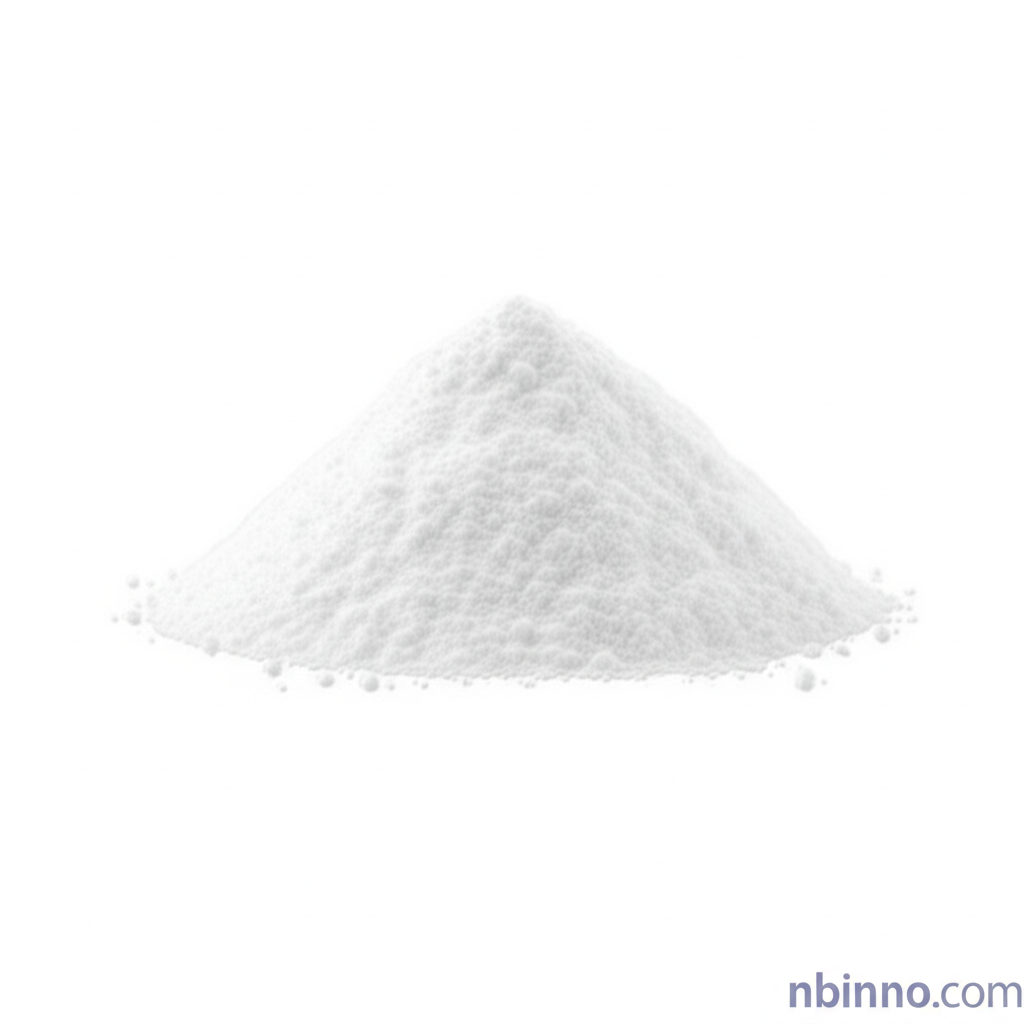Valrubicin: A Key Chemotherapy Agent for Bladder Cancer
Discover the efficacy and application of Valrubicin in treating advanced bladder cancer.
Get a Quote & SampleProduct Core Value

Valrubicin
Valrubicin is a critical chemotherapy drug designed for intravesical administration, offering a targeted approach to managing bladder cancer, particularly for patients with BCG-refractory carcinoma in situ (CIS).
- Understanding Valrubicin for bladder cancer treatment is crucial for oncologists and researchers.
- High-Quality Valrubicin API powder is essential for effective drug formulation.
- The intravesical Valrubicin administration method ensures localized treatment with reduced systemic side effects.
- This anthracycline analog for bladder cancer offers a vital treatment option for BCG-refractory CIS patients.
Advantages of Valrubicin
Targeted Bladder Treatment
Valrubicin facilitates intravesical instillation, a method that enhances tissue penetration in the bladder and minimizes exposure to hydrolyzing enzymes, thereby offering a localized therapeutic effect.
Reduced Systemic Toxicity
Compared to intravenous anthracyclines, Valrubicin's localized action results in a lower incidence of cardiotoxicity and other systemic adverse effects, making it a safer option for many patients.
BCG-Refractory CIS Management
This drug serves as a vital treatment for patients whose bladder cancer is refractory to Bacillus Calmette-Guérin (BCG) therapy, offering an alternative when immediate cystectomy is not preferred.
Key Applications
Bladder Cancer Therapy
Valrubicin is primarily used in the treatment of bladder cancer, specifically carcinoma in situ (CIS) that has not responded to standard treatments like BCG.
Oncology Research
The Valrubicin API powder is a key component for ongoing research into new cancer treatments and formulations.
Pharmaceutical Manufacturing
Manufacturers utilize high-quality Valrubicin to produce the final drug product for clinical use.
Chemotherapeutic Agent Development
It serves as a reference compound and active ingredient in the development of novel chemotherapeutic strategies.
